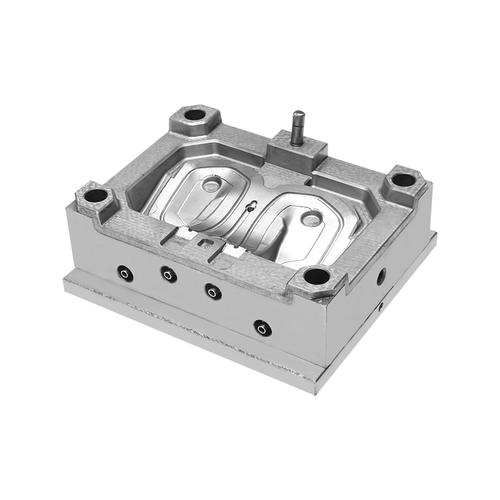Auto Lamp Mould Innovation for Brighter, Smarter Lights

In the automotive industry, a vehicle's lamps are critical for safety, aesthetics, and brand identity. But before any headlight or taillight assembly hits the road, its journey begins with a critical, high-precision component: the Auto Lamp Mould. This isn't just a container for molten plastic; it's the very foundation of modern automotive lighting. Let's explore the key aspects of this vital manufacturing tool.
1. Beyond Shape: Why is Mould Precision Non-Negotiable?
An Auto Lamp Mould does much more than define a light's shape. Its precision directly impacts performance and safety.
Optical Clarity: The mould's surface that forms the lens must be flawlessly polished. Any imperfection, no matter how tiny, can scatter light, creating glare for other drivers or reducing the beam's effectiveness for the driver.
Perfect Sealing: The mould creates the complex housing that protects sensitive electronics from water, dust, and extreme temperatures. Precise alignment between mould components is essential to form a perfect seal, preventing costly failures.
Aesthetic Consistency: For car manufacturers, consistent quality is key. A high-precision mould ensures that every single lamp produced has the same sharp lines, smooth surfaces, and perfect fit, upholding the vehicle's design integrity.
2. What Materials and Technologies Make a Superior Mould?
The choice of mould material and technology is a strategic decision that affects durability, cost, and final product quality.
High-Grade Steel: Premium moulds are typically made from hardened steels (like P20 or H13) that resist wear and corrosion over hundreds of thousands of cycles. This ensures a long lifespan and consistent part quality.
Advanced Manufacturing: Technologies like 5-axis CNC machining and EDM (Electrical Discharge Machining) are used to create the complex, free-form shapes and intricate light-patterning features required for modern LED and adaptive driving beams.
Conformal Cooling Channels: Innovative moulds feature cooling channels that follow the contour of the mould cavity. This allows for faster, more uniform cooling of the plastic, reducing cycle times and minimizing internal stresses that can cause warping.
3. How Does the Mould Enable Lighting Innovation?
The evolution of automotive lighting, from simple halogens to smart, adaptive LED systems, is directly enabled by advances in mould technology.
Complex Optics: Modern lamps don't use a single bulb; they use arrays of LEDs. The Auto Lamp Mould must create numerous small, complex lenses and reflectors within a single housing to precisely direct light from each LED.
Multi-Material Moulding: Many modern lamps combine a clear lens with a colored housing (e.g., for taillights). This is often achieved through advanced processes like 2K (two-component) injection moulding, where a single, sophisticated mould injects two different materials in one cycle, bonding them seamlessly.
The Auto Lamp Mould is a masterpiece of engineering that sits at the intersection of design, safety, and technology. By understanding its critical role and the technology behind it, manufacturers and designers can make informed decisions that lead to superior vehicle lighting, enhancing both the safety and appeal of the final product.
- AI
- Vitamins
- Health
- Admin/office jobs
- News
- Art
- Causes
- Crafts
- Dance
- Drinks
- Film
- Fitness
- Food
- Juegos
- Gardening
- Health
- Home
- Literature
- Music
- Networking
- Other
- Party
- Religion
- Shopping
- Sports
- Theater
- Wellness


